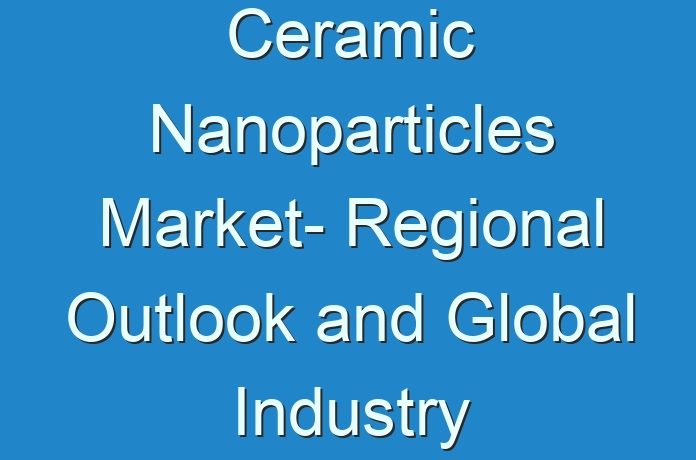
Ceramic nanoparticles are primarily made up of oxides, carbides, phosphates, and carbonates of metals and metalloids such as calcium, titanium, and silicon. Beneficial properties of ceramic nanoparticles include high heat resistance and chemical inertness. Ceramic nanoparticles are primarily used in biomedical applications. They are used as carriers for drugs, genes, proteins, and imaging agents in the biomedical field. Their characteristics such as size range, surface properties, porosity, and high surface area make them useful in the applications mentioned above. Ceramic nanoparticles have been successfully used as drug delivery systems against a number of diseases such as bacterial infections, glaucoma, and cancer. Nanoscale ceramics such as hydroxyapatite, zirconia, silica, titanium oxide, and alumina are made from synthetic methods. Physical and chemical characteristics of ceramic nanoparticles are modified before their introduction to biological systems. Unlike other materials, ceramic nanoparticles in the aqueous conditions generally do not swell or change. Biocompatibility of ceramic nanoparticles makes it ideal for applications in biological systems. Coatings using ceramic nanoparticles are anticipated to offer lucrative opportunities, especially due to their high resistance to wear and erosion, protection against corrosion, and significant thermal insulation. They are usually thin uniform layers with special properties that enable the coatings to be applied with good adhesion, flexibility, and corrosion resistance.
Request PDF brochure
https://www.transparencymarketresearch.com/sample/sample.php?flag=B&rep_id=35354
Advancements in the biomedical field are anticipated to propel the global ceramic nanoparticles market. Ceramic nanoparticles are primarily used for drug delivery applications owing to their ability to penetrate deep into capillaries. Ceramic nanoparticles also help enhance cellular uptake. Ceramic nanoparticles with enhanced properties are used for coating applications in automotive and aviation sectors. Rise in demand for environmentally acceptable surface treatments is projected to boost the market for ceramic nanoparticles. Researchers are striving to develop light-weight materials for automotive and aerospace materials considering the increase in awareness about environmental protection and energy saving. Increase in demand for ceramic nanoparticles in the transportation sector is also propelling the global ceramic nanoparticles market.
Based on product, the global ceramic nanoparticles market can be segmented into calcium phosphate, iron oxides, silica, titania, alumina, and calcium carbonate. Attractive electrical (ferro electrical and dielectric properties), mechanical (piezo electrical properties), magnetic (super paramagnetic) and optical (electroluminescence) properties make ceramic nanoparticle useful in various applications. In terms of synthesis processes, the global ceramic nanoparticles market can be segmented into solgel, two-photon lithography, and sintering. Based on application, the ceramic nanoparticles market can be divided into biomedical, automotive, and aviation. The biomedical applications of ceramic nanoparticles can be sub segmented into stomatology, pharmacy, and tissue engineering.
More Trending Reports
The global ceramic nanoparticles market expanded significantly in 2016. This trend is estimated to continue during the forecast period. Active research work based on ceramic nanoparticles is gaining momentum across the globe. Based on demand, North America has been considered a key region of the ceramic nanoparticles market since the last few years owing to the rise in application in the biomedical industry in the region. Increase in demand for ceramic nanoparticles in advanced technologies such as aerospace coupled with active research and development activities in bionanotechnology is propelling the market for ceramic nanoparticles in Europe. Asia Pacific is also a key region for the development of ceramic nanoparticles due to the increase in demand for these in medical and pharmaceutical industries. Presence of emerging economies in Latin America and Middle East & Africa is also projected to drive the global ceramic nanoparticles market.
Request enquiry before buying
https://www.transparencymarketresearch.com/sample/sample.php?flag=EB&rep_id=35354
Key players operating in the ceramic nanoparticles include American Elements, Cambridge Nanotherm Ltd, and XJET.
Request for custom research
https://www.transparencymarketresearch.com/sample/sample.php?flag=CR&rep_id=35354





